Demo 1: Toward Secure 5G. How Hackers Can Trick 5G & How We Can Stop Them?
This is to showcase how we can collaborate to investigate unknown vulnerabilities from the 5G systems and find potential solutions. This is of interest to not only Australia, Vietnam but also to the global 5G community.
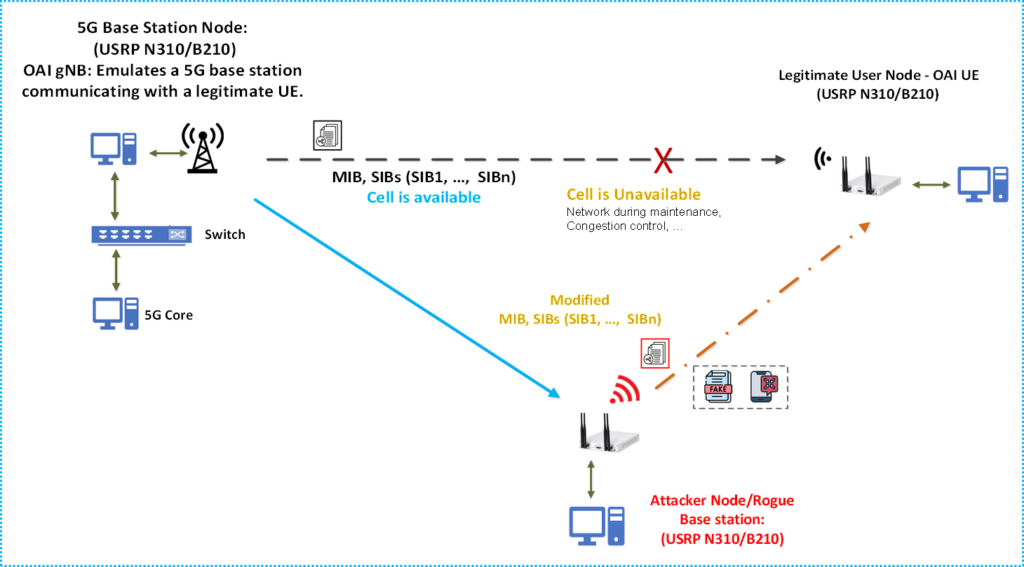
When our phone first connects to a 5G network, the handshaking process (between our phone and the 5G infrastructure) is vulnerable. This demo shows how attackers can take advantage of that process. We recreate a real-world attack where a fake 5G base station sends out signals to trick our phone into connecting to it instead of the real one. Once connected, the attacker can intercept or disrupt the connection or launch other attacks, e.g., phishing. Using special hardware (called USRP devices) and OpenAirInterface, we simulate both a legitimate 5G base station and a sneaky attacker. We then show how our system can detect and stop this fake signal using a lightweight security method.
Demo 2: Towards Responsible and Privacy-preserving AI. Can AI Classify Your Photo Without Ever Seeing It?
This demo shows how we can protect data and users’ privacy while still enjoying powerful AI tools with 5G Edge Computing capability!
When we take a photo, e.g., using our iPhone and upload it for AI to analyze, like identifying famous landmarks, it might also reveal private details like people’s faces, your location, or your surroundings? We can try it on your iPhone with the Photos app as well (by searching for Sydney for instance). In this scenario, a user takes a photo of one of five famous Australian landmarks. But instead of sending the raw image directly to the cloud (risk leaking privacy), the photo is first encrypted using Homomorphic Encryption (HE) with the help of a 5G mobile edge node. This edge device securely encrypts the photo before it’s sent to the cloud server. The server then runs a machine learning model on the encrypted image, without ever seeing the actual content. The classification result (e.g., Sydney Opera House or Uluru) is also encrypted and sent back to the edge node, which decrypts the result and delivers it to the user.
Your data stays private. The AI still works. 5G makes it fast and secure.
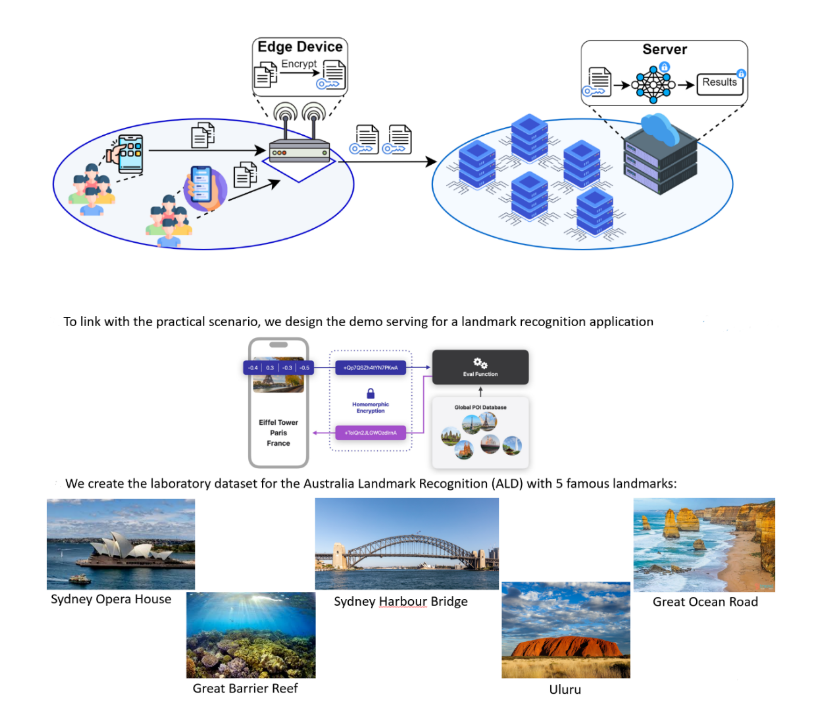
Demo 3: 5G-empowered Vietnam-Australia Cultural Exchange Through Virtualized Landmarks
This demo showcases how enhanced broadband services in 5G (up to 10Gps) can facilitate emerging VR/XR applications and cultural exchange between Australia, Vietnam and the world through digital twins of landmarks.
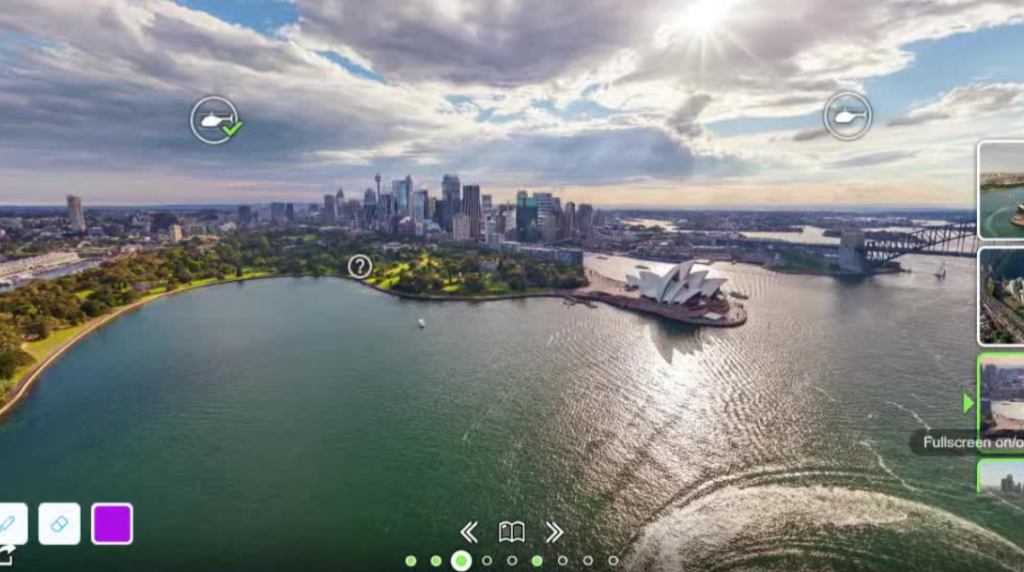
In this demo, in partnership with YooTek (a Vietnam company) and Ripper Corp (an Australia’s partner), we develop and deploy virtualized/digital twins of Vietnam’s and Australia’s famous landmarks like Van Mieu/Literature Temple, Sydney Opera House and Sydney Harbor Bridge, Blue Mountain. Users from Australia, Vietnam, and anywhere in the world can then immersively explore these landmarks (with or without a VR gear) by selecting areas to visit and using mouse on PC or touchscreen on smart devices. Directional arrows guide users through the tour, making it feel like a real-life visit with audio narration in different languages (thanks to AI). We also share these virtual landmarks on YooLife, a pioneering VR social network platform developed by YooTek (a Vietnam company) so that users experience and interact with each other virtually.
Demo 4: Toward 5G-empowered Advanced Manufacturing. Can You Control a Robot Without Crashing? It All Depends on the Network!
In advanced manufacturing, we may need to control a mobile robot remotely, steering it around obstacles by watching a live video from its onboard camera. Sounds simple, right? But what if the video feed is delayed? This demo shows how the type of cellular networks, 3G, 4G, or 5G, can make a huge difference.
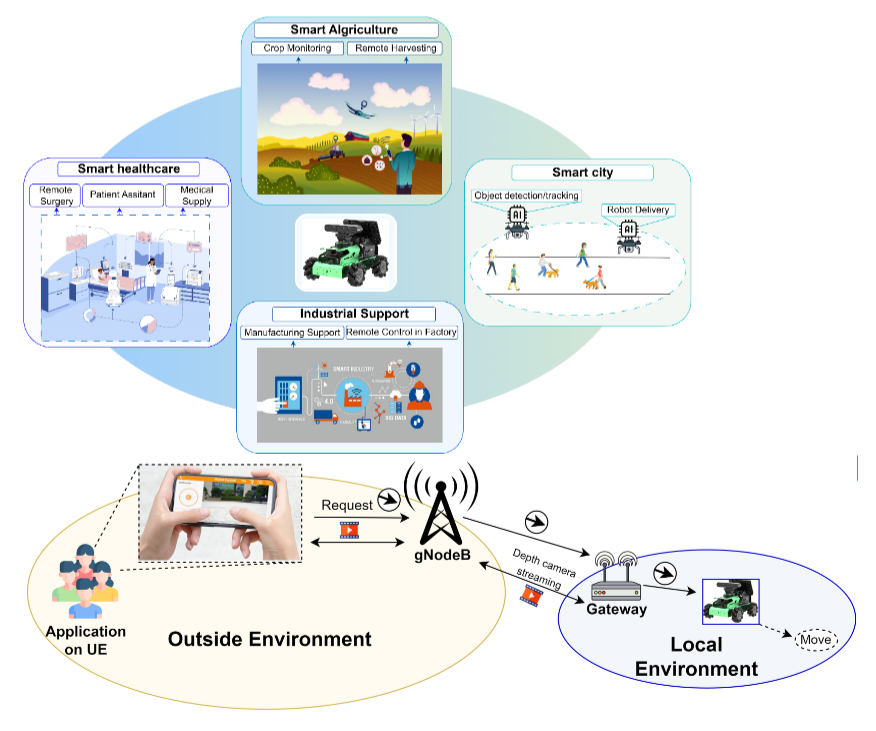
We stream live video from a robot over different mobile networks:
- On 3G, the delay is so high that the robot crashes into obstacles before you can react.
- On 4G, the delay is better, but you still need quick reflexes to avoid collisions.
- On 5G, the video is nearly real-time, letting you control the robot smoothly and safely, with no crashes.
Demo 5: 5G- and AI empowered Vietnamese Sign Language Interpretation
This demo shows how 5G and AI’s potential in offering a practical, inclusive, and user-friendly tool for Vietnamese sign language interpretation and learning.
Challenges:
- How can normal people communicate with the deaf if we do not know sign language?
- Sign language, unlike vocal communications, is video-based traffic that requires
significantly more bandwidth, especially when many people are involved. - Additionally, due to the lack of investment, the training data, especially for Vietnamese sign language (VSL), the AI model training for real-time/online VSL interpretation is still limited.
Our solution:
Through the collaboration between scientists from PTIT and UTS, we will showcase our online platform, CoSign, that aims to facilitate the interface between spoken users and deaf users. CoSign offers a practical, inclusive, and user-friendly tool for sign language learning and translation. Through this collaboration, a more advanced dataset of sign language was successfully collected with more than 10,000 videos from deaf users. This dataset will help to improve the tool’s performance and robustness as well as be an invaluable asset to share with other research communities. We will publish it by the end of this year to contribute to the global AI-for-good movement. We also set up a community of Deaf Connect for Digital Future. Our next steps include supporting initiatives that utilize this tool or other digital-transformation-based approaches to serve deaf communities. This effort reflects our team’s dedication to technological equity, and long-term societal impact.
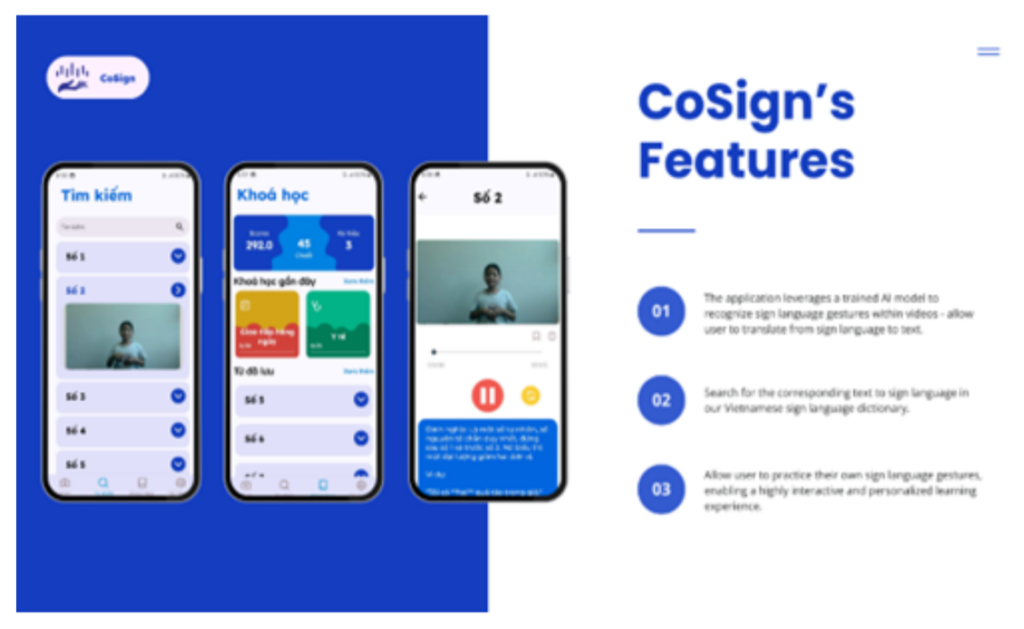
Demos:
Real-time translate sign language to text
Text to sign language
Facilitate VSL learning/practicing
Guests/participants:
Users/teachers from 4 Schools for Deaf Children and People in Vietnam
Demo 6: 5G-empowered Entertainment/Gaming. Who “Shoots” Faster — The Player or the Network?
This demo shows how 5G can empower entertainment and the game industry that are significant part of the global economy.
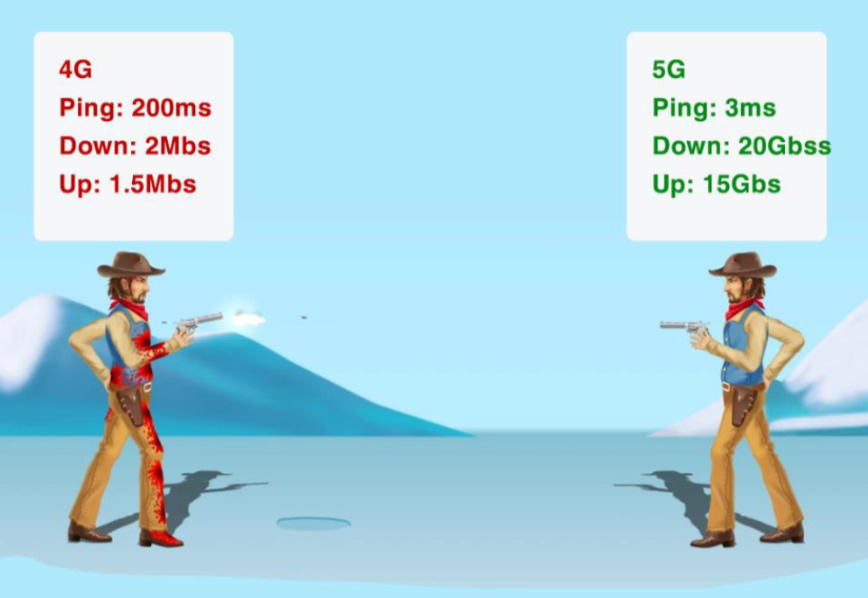
Step into the Wild West for a thrilling VR showdown! In this demo, two players face off in a cowboy gunfight, but there’s a twist. One player is connected over a 4G network, while the other uses 5G. The difference? Speed. Both players wear VR headsets and prepare to draw their virtual guns in a one-on-one duel. As the countdown hits zero, they must shoot as fast as they can, but whoever’s network responds quicker has the upper hand.
- On 4G, the high latency (200ms) causes a delay, making the player’s reaction feel sluggish.
- On 5G, with ultra-low latency (just 3ms!), the gun fires almost instantly, giving that player a
major edge. - A live TV screen displays the action in real-time, along with each player’s network type,
ping, and speed, making it clear how important fast connections are in competitive games.
Demo 7: 5G-empowerd Telemedicine. Can Fast Networks Help Save a Child’s Life?
In this VR simulation demo, two users take on the roles of emergency doctors working together to save a pediatric patient in critical condition by practicing chest compressions and bag-valve- mask ventilations, in perfect sync. During the procedure, precise timing is everything.
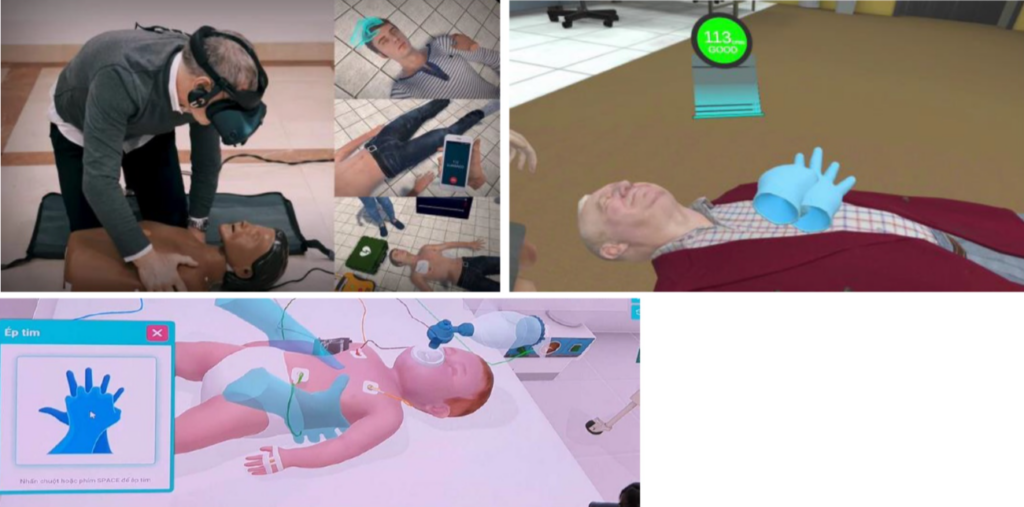
The players are connected over different networks, one using 4G, the other using 5G. In this demo, we will show that during the procedure, precise timing is everything. After every 15 compressions, the team must switch to 2 ventilations, just like in real emergency protocols. But when the connection is slow (like with 4G), delays cause desynchronization, leading to missed signals, timing errors, and poor outcomes. Then, the same simulation is repeated using 5G. With its ultra-low latency and reliable speed, the players are now fully synchronized, responding in real time, like a well-trained team.
Demo/Use Case 8: Nokia Network Digital Twin helps private network operators monitor network performance.
Use a virtual replica of your network to make your industrial site more efficient and productive. Nokia Network Digital Twin enables you to monitor your network operations in real time and predict maintenance needs and potential downtime in advance. It helps you increase efficiency and productivity by reducing disruptions in your production. The solution provides a virtual representation of your communications network along with its operating environment. You can use the Network Digital Twin to:
- View the network from the vantage point of Nokia Industrial devices
- Ensure that network service-level agreements (SLAs) are being met
- Take recommended actions in case of sub-optimal network performance
- Test new scenarios without impacting the current environment
The Network Digital Twin helps you get the most out of your private wireless network in your Industry 4.0 journey. It is pre-tested with Nokia Digital Automation Cloud and Modular Private Wireless.
Demo/Use Case 9: Nokia Team Comms
Nokia Team Comms delivers business-critical push-to-talk voice, video and data communications allowing teams to collaborate on one-to-one and group calls, both indoors and outdoors, across any industrial campus – including mines, ports and factories, without needing access to the internet. Push-to-x application for reliable and secure campus-wide communications with no internet connection required Nokia Team Comms is a cost effective and easy-to-set-up 3GPP aligned solution that meets the need of one-to-one and one-to-many push-to-talk/video and messaging. It includes a web console for user management and deployment powered by a Nokia private wireless network.
- Easy set up: simply click- to-deploy from the Nokia Industrial Application Catalog
- Works without internet connectivity
- Includes the ability to record all voice, video and text conversations
- All data remains on-premises at the enterprise edge (Nokia MX Industrial Edge)
- Designed to work on any Android 11+ device, pre-tested on all Nokia-supplied devices
